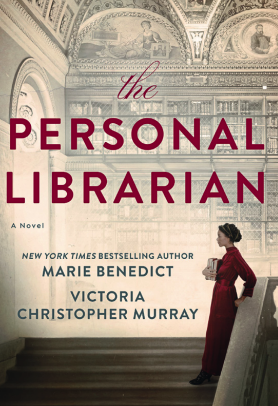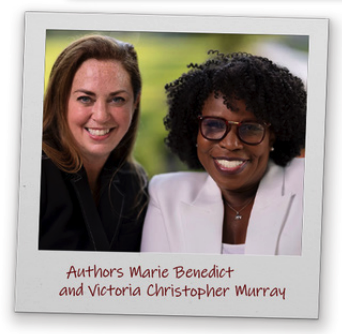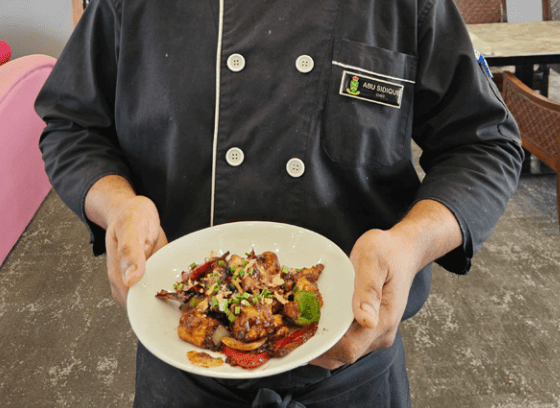“Changing your name is easy. Changing your soul is impossible.” – Marie Benedict, The Personal Librarian.
Heather Terrell (also known as Marie Benedict) and Victoria Christopher Murray bring their talents together in The Personal Librarian. The premise of the novel, which delves into the life of Belle da Costa Greene, promised a compelling blend of historical intrigue, cultural exploration, and personal triumph.
Belle da Costa Greene, a woman of mixed race, is employed by J. P. Morgan to assemble a collection of rare manuscripts, books, and artwork for his newly constructed Pierpont Morgan Library. She descends from a well-known Black family with fair skin, many of whose members chose to pass for white.
In the early twentieth century, working with special collections and rare book collections was a scholarly pursuit reserved exclusively for highly educated men, and never for people of colour. However, Belle, along with many others, refused to be constrained by society’s expectations of what they could achieve.
One of the ways we know this about Belle is her contribution to the creation of an exclusive collection. Belle establishes herself as a mainstay of New York society and grows to become one of the most influential figures in the art and book industries. She is renowned for her immaculate taste and cunning bargaining for important pieces.
Throughout the story, Belle faces tough choices and deals with the results. One of her primary obstacles was navigating a predominantly white, male-dominated field during the early twentieth century. As a woman of colour passing as white, she had to constantly manage her public identity and conceal her African-American heritage to maintain her professional standing. This duality imposed a significant emotional burden, as any revelation of her true background could have jeopardised her career and social standing.
Additionally, Greene confronted the challenge of earning respect and establishing authority in a role traditionally reserved for highly educated men. Her extensive knowledge, expertise, and impeccable taste helped her overcome these barriers, but she had to continually prove her worth in an environment rife with racial and gender prejudice. Despite these adversities, Greene’s resilience and determination allowed her to make significant contributions to rare books and manuscripts, securing her legacy as a pioneering figure.
Greene’s profound knowledge and impeccable taste impressed Morgan, whose backing gave her unparalleled opportunities and resources to expand his rare book and manuscript collection. Additionally, Greene received support from other influential figures in the literary and cultural circles of the time, who valued her discerning eye and extensive knowledge.
One of the book’s best parts is showcasing Belle’s endless quest for knowledge. At a time when women were often discouraged from studying, her love for books and determination defied societal expectations. Her hard work in gathering rare books and manuscripts highlights her strength and refusal to be constrained by societal norms.
While I can never fully understand what it was like for her to hide her identity to move ahead in her career, one important lesson that stands out to me is Belle deserved much more than what the world offered her. Despite all the barriers she faced, she succeeded in making a lasting impact on herself and her family.
What I found especially interesting about “The Personal Librarian” was its exploration of themes like identity, race, and privilege. Through Belle’s eyes, I saw a world where the colour of one’s skin could decide their fate, where privilege and power were used like weapons, and where the search for acceptance was a constant battle.
Terrell and Murray have created a wonderful book that deserves a place on the shelf of anyone who enjoys a captivating story with depth and meaning.





